How to Optimize the Rate of Penetration in Drilling
Rate of Penetration (ROP) in drilling is a crucial metric that measures the speed at which a drilling bit advances into the subsurface formations during the drilling process. It is one of the key factors that determine the efficiency and cost-effectiveness of drilling operations in the Oil and Gas Industry. This article explores why Rate of Penetration in drilling is important, delve into its determinants, challenges, and strategies for optimization.
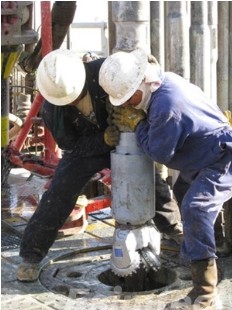
Key Points Highlighting the Importance of Rate of Penetration in Drilling
1. Operational Efficiency
Rate of Penetration directly impacts the speed at which a drilling bit progresses through the subsurface formations. A higher ROP means faster drilling progress, leading to shorter drilling times per wellbore section. This efficiency is crucial for meeting project timelines, especially in large-scale drilling campaigns where time savings can translate into substantial cost reductions.
2. Cost Reduction
Drilling constitutes a significant portion of the overall project costs in industries such as oil and gas exploration, mining, and geothermal energy extraction. By increasing the ROP, operators can reduce the time and resources required for drilling operations, thereby lowering drilling costs associated with rig rental, labor, equipment usage, and other operational expenses.
3. Resource Optimization
Improved Rate of Penetration allows drilling rigs and personnel to be utilized more effectively. It enables operators to drill more wells within a given timeframe or to allocate resources to other critical tasks, enhancing overall project productivity and resource utilization.
4. Risk Mitigation
Faster drilling can mitigate certain risks associated with drilling operations. Minimizing the time spent in unstable formations reduces the likelihood of borehole instability issues such as collapses or stuck pipe incidents, which can lead to costly downtime, safety hazards, and environmental concerns.
5. Wellbore Integrity
While speed is important, maintaining a consistent and controlled ROP is equally crucial for ensuring wellbore integrity. Controlling the ROP helps in optimizing the drilling process to minimize formation damage, maintain well stability, and ensure proper wellbore placement, which is essential for successful completion and production phases.
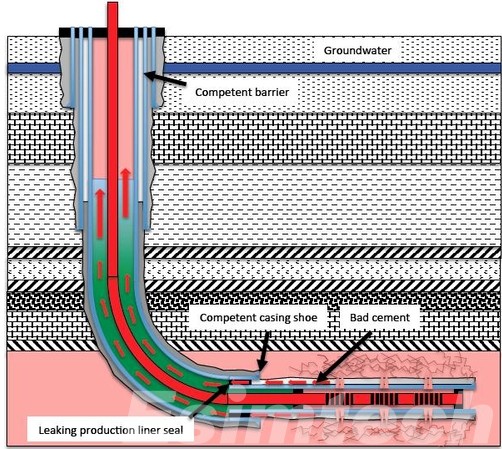
6. Competitive Advantage
In competitive drilling environments, achieving higher ROPs can provide operators with a significant competitive advantage. It allows companies to complete drilling projects more quickly and cost-effectively, enabling them to secure contracts, attract investors, and maintain profitability in challenging market conditions.
Challenges in the Rate of Penetration in Drilling Optimization
Optimizing the Rate of Penetration (ROP) in drilling operations is a complex task that involves overcoming various challenges inherent to the drilling process.
1. Formation Variability
Geological formations encountered during drilling operations can vary widely in terms of composition, hardness, abrasiveness, and structural integrity. Dealing with these variations requires constant adaptation of drilling parameters such as weight on bit (WOB), rotary speed (RPM), and drilling fluid properties to maintain an optimal ROP. However, predicting and responding to these changes accurately can be challenging, particularly in complex or unpredictable formations.
2. Equipment Limitations
The performance of drilling equipment, including drill bits, drill strings, and drilling rigs, directly impacts Rate of Penetration. Suboptimal equipment conditions, such as worn or damaged bits, inadequate drilling fluid circulation systems, or outdated rig technology, can limit drilling efficiency and hinder ROP optimization efforts. Ensuring proper maintenance, equipment selection, and technology upgrades are essential to overcoming these challenges.
3. Drilling Fluid Properties
The properties of the drilling fluid used during drilling operations play a crucial role in ROP optimization. The viscosity, density, lubricity, and chemical composition of the drilling fluid directly affect cutting efficiency, wellbore stability, and overall drilling performance. Balancing these properties to maximize ROP while minimizing risks such as stuck pipe incidents, lost circulation, or formation damage requires careful consideration and testing.
4. Downhole Dynamics
Downhole conditions, including temperature, pressure, and formation fluid interactions, can vary significantly during drilling operations. These dynamic factors can influence drilling performance and ROP, requiring real-time monitoring and adjustment of drilling parameters to optimize efficiency and maintain wellbore integrity. However, accurately predicting downhole dynamics and responding effectively to unexpected changes pose significant challenges to ROP optimization.
5. Crew Expertise and Training
The skill and experience of the drilling crew play a critical role in ROP optimization. Well-trained personnel are better equipped to identify drilling inefficiencies, interpret downhole data, and make informed decisions to improve ROP. However, maintaining a highly skilled workforce and providing ongoing training and development opportunities can be challenging, particularly in industries facing labor shortages or high turnover rates.
5. Safety and Environmental Considerations
While optimizing ROP is essential for operational efficiency, safety, and environmental considerations must always remain a priority. Increasing drilling speed without proper risk assessment and mitigation measures can lead to safety hazards, environmental incidents, and regulatory compliance issues. Balancing the need for speed with safety protocols, environmental regulations, and community concerns presents a significant challenge in ROP optimization.
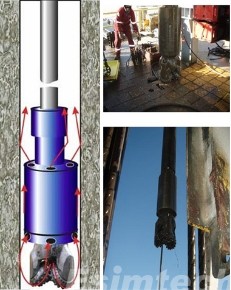
Strategies for the Rate of Penetration in Drilling Optimization
Optimizing the Rate of Penetration in drilling operations requires a comprehensive approach that addresses various factors influencing drilling efficiency.
1. Geological Analysis and Planning
Conduct thorough geological analysis and planning to understand formation characteristics such as hardness, abrasiveness, porosity, and structural integrity. Utilize advanced geological mapping techniques, well logs, and seismic data to identify optimal drilling locations and anticipate potential drilling challenges. By selecting well locations with favorable formation properties, operators can improve Rate of Penetration and minimize drilling risks.
Geomechanical simulation tools allow engineers to model the mechanical behavior of subsurface formations and predict drilling-induced stresses, fractures, and borehole stability issues. By simulating formation response to drilling activities, engineers can optimize drilling parameters to minimize formation damage, maintain wellbore stability, and maximize ROP.
2. Optimized Drilling Parameters
Adjust drilling parameters such as weight on bit (WOB), rotary speed (RPM), drilling fluid properties (viscosity, density, lubricity), and bit design based on formation analysis and real-time drilling data. Utilize drilling optimization software and modeling tools to simulate drilling scenarios and identify optimal parameter settings for maximizing ROP while maintaining wellbore stability.
Simulation software allows engineers to model downhole dynamics, including interactions between the drilling assembly, formation rock, and drilling fluids. By simulating the effects of parameters such as weight on bit (WOB), rotary speed (RPM), drilling fluid properties, and bit design on drilling performance, engineers can predict Rate of Penetration and optimize drilling parameters to achieve maximum efficiency.
2. High-Performance Drilling Equipment
Invest in high-quality drilling equipment, including drill bits, drill strings, drilling rigs, and downhole tools, designed for enhanced performance and durability. Choose drill bits with advanced cutting structures and materials optimized for specific formation conditions. Regularly inspect and maintain equipment to ensure optimal performance and minimize downtime.
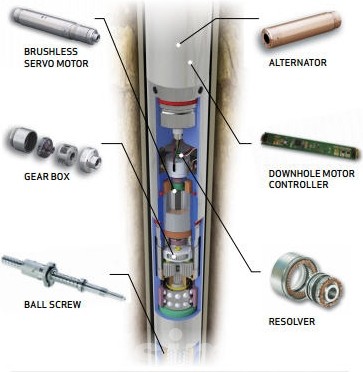
3. Drilling Fluid Optimization
Optimize drilling fluid properties to improve ROP while maintaining wellbore stability and minimizing formation damage. Select drilling fluids with appropriate viscosity, density, lubricity, and chemical additives to enhance cutting action, hole cleaning, and hydraulic efficiency. Conduct laboratory testing and field trials to evaluate different fluid formulations and identify the most effective solutions for Rate of Penetration enhancement.
Simulation tools enable hydraulic and mechanical analysis of the drilling process to optimize drilling fluid flow, bit hydraulics, and bottom hole assembly (BHA) performance. Engineers can simulate fluid circulation, pressure distribution, and cutting transport within the wellbore to identify potential issues such as fluid loss, hole cleaning problems, or bit balling that may affect ROP.
5. Real-Time Monitoring and Control Systems
Implement real-time monitoring and control systems to continuously assess drilling performance and make proactive adjustments to optimize ROP. Utilize downhole sensors, surface instrumentation, and drilling software to monitor drilling parameters, detect drilling inefficiencies, and predict downhole conditions. Enable drillers to adjust drilling parameters in real-time based on feedback from monitoring systems to maximize ROP.
Real-time drilling simulation system provides instantaneous feedback on drilling performance and downhole conditions during actual drilling operations. By integrating data from downhole sensors, drilling parameters, and geological models, real-time simulation systems enable drillers to adjust drilling parameters on the fly, optimize ROP, and mitigate drilling challenges in dynamic drilling environments.
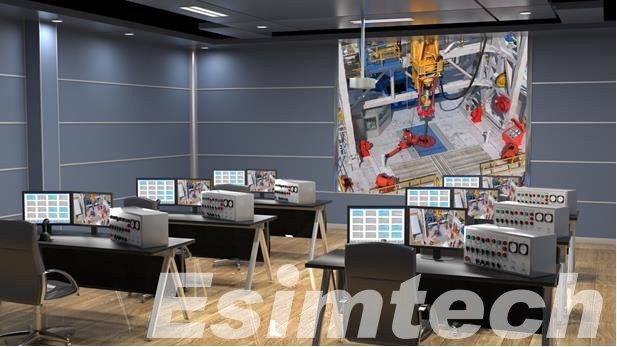
6. Crew Training and Expertise Development
Invest in crew training and development programs to enhance the skills and expertise of drilling personnel. Provide comprehensive training on drilling techniques, equipment operation, safety protocols, and problem-solving strategies. Foster a culture of continuous learning and knowledge sharing within the drilling team to promote innovation and efficiency improvement.
Simulation technology serves as a valuable training and decision support tool for drilling personnel, allowing them to gain hands-on experience in virtual drilling environments and practice drilling techniques without risk to equipment or personnel. By simulating various drilling scenarios and operational challenges, personnel can develop skills, improve decision-making, and optimize ROP in real-world drilling operations.
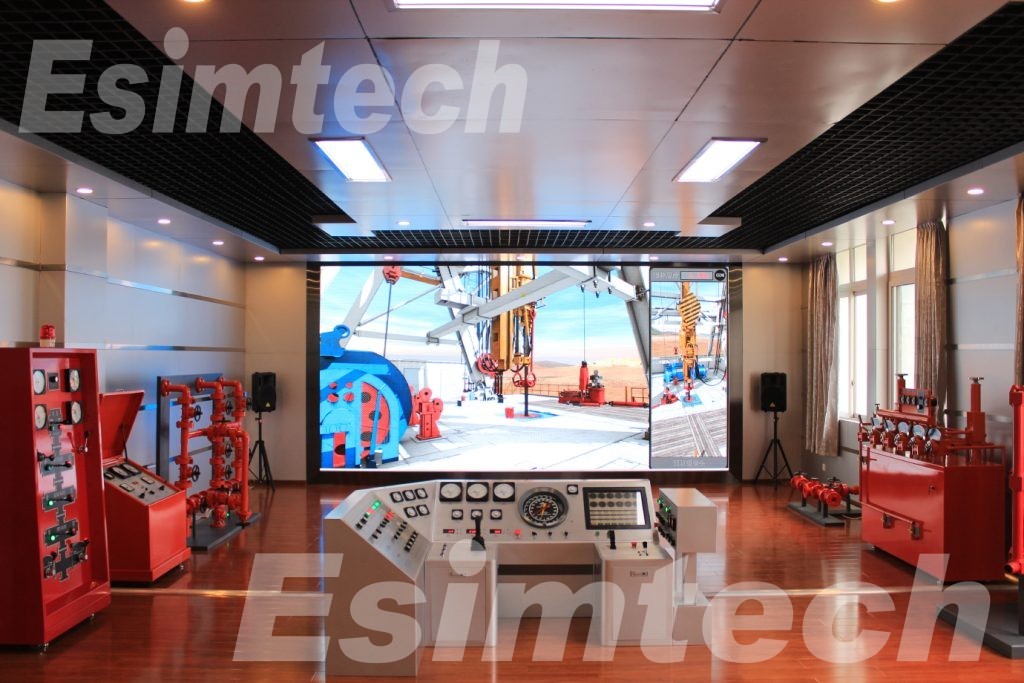
6. Data Analytics and Performance Benchmarking
Utilize data analytics and performance benchmarking to track ROP performance, identify trends, and benchmark performance against industry standards. Analyze historical drilling data to identify patterns and correlations between drilling parameters, formation characteristics, and Rate of Penetration. Use predictive analytics and machine learning algorithms to forecast ROP and optimize drilling strategies.
Conclusion
The rate of penetration stands as a pivotal metric that influences operational efficiency, cost-effectiveness, and overall success in the drilling operations. By understanding the factors influencing ROP in drilling and implementing strategies to optimize drilling performance, operators can achieve faster drilling speeds, reduce operational costs, and enhance project outcomes in the Oil and Gas Industry.
